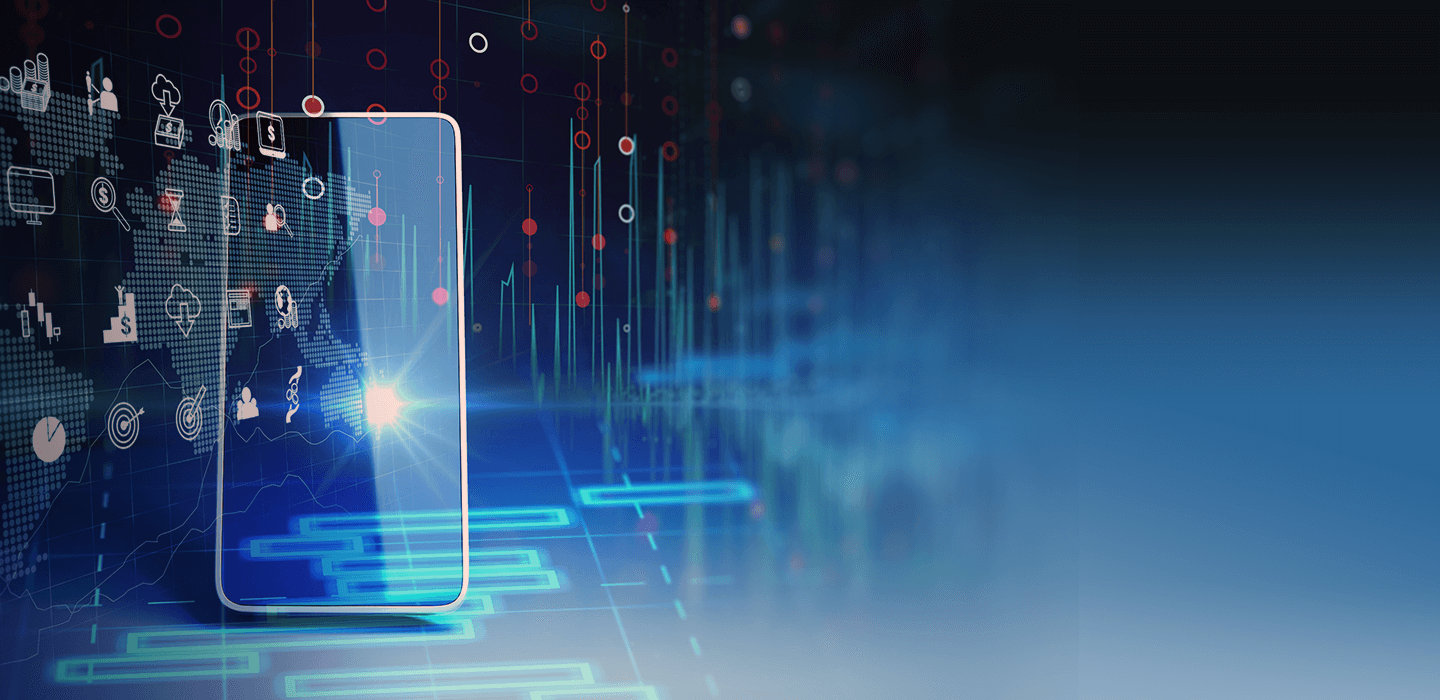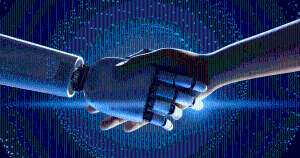THE TECHNOLOGIES WHICH WILL DEFINE THE NEW BUSINESS WORLD - Asset Display Page

THE TECHNOLOGIES WHICH WILL DEFINE THE NEW BUSINESS WORLD

THE TECHNOLOGIES WHICH WILL DEFINE THE NEW BUSINESS WORLD
března 12, 2021
To know in which direction the new business paradigm is advancing, we simply need to study the technologies currently redefining our possibilities.
Digitalization has been building momentum for decades, but the perfect storm gathered when COVID-19 hit in March. Almost overnight, businesses had to go digital.
All industries were impacted, and although digital and non-digital natives faced very different kinds of challenges, most agreed on one thing: The emergency would last a couple of months. Everything would be back to normal by May.
Ten months later, what looked like a digitalization sprint at the beginning of the year has turned into a triathlon. And although there may finally be an end in sight for the pandemic - thanks to several vaccines hitting the market at the time of publication of this report -, there is no going back to the world pre-COVID-19.
New, digital business models have taken hold. Temporary behaviors have turned into full blown habits
It is easy to see why. Technology has the potential to simplify users’ lives and turbocharge existing businesses or invent new ones. The rapid growth of telemedicine during the pandemic is one of the big examples of how seamlessly consumers can switch from one traditional and consolidated model to a new digital solution.
What’s even more interesting is the fact that the pandemic hit at a time when several gamechanging technologies that had been developing for years – augmented intelligence, 5G networks, sensors, and robotics, to name just a few – were finally converging and getting ready for prime time.
These technologies have the power to increase efficiency and reduce costs drastically and even rewrite whole business models in some industries.
Take agriculture, for instance. In his book “Reprogramming the American Dream” Microsoft’s Chief Technology Officer, Kevin Scott, talks about a small farm in Washington state where a group of developers is using low-cost sensors, drones and digital mapping to gather data like soil temperature, pH, moisture and images of crops to feed an AI system.
All this data, collected with simple and relatively inexpensive devices, can help the farmer make better decisions, particularly if he has the capacity to crunch and interpret the numbers right there, at the farm.
This is now possible for any business, in every industry giving them a competitive advantage.
Nowadays one of the best ways to quickly gain this advantage is through the Intelligent edge, which is the combination of advanced wireless connectivity, compact processing power and AI,
Located near devices that use and generate the data unleashing the ability for companies to deliver as much value to as many customers as possible at the lowest cost, increase the variety of goods and services offered efficiently and consistently, and automate learning and continuous improvement.
While most of the attention of the media and the public was on Big Data, the Cloud and Artificial Intelligence, the intelligent edge has been growing at a compounded annual rate of 35%, according to Deloitte.
In 2021, the company estimates that the global market for intelligent edge will reach $12 billion. This means thousands of new and existing businesses getting ready to generate the kind of competitive advantage that can wipe out entire industries.
At the same time, the intelligent edge will bring forth new security challenges. As businesses and people become increasingly interconnected through millions of smart sensors, the opportunities for hackers grow exponentially. The need to have security baked in from the silicon to the cloud and not treated as a feature to be layered on top of existing systems will be one of the hallmarks of the rise of the intelligent edge.
As a difficult year draws to a close, the digitalization race is far from over. Exhausted as we all are by the 2020 sprint, this is not the time to rest.
The triathlon has just started. Businesses that fail to adapt now will not survive the next five years.
Featured
-
Optimizar, innovar, liderar: el nuevo ritmo del éxito con SAP S/4HANA
května 16, 2025
-
Innovación con perspectiva de género: cómo la diversidad impulsa un futuro tecnológico más inclusivo
dubna 23, 2025
-
Los Agentes de IA revolucionan la experiencia del cliente y potencian el talento humano
dubna 22, 2025
-
EPAM NEORIS inaugura su hub de Inteligencia Artificial en Madrid
dubna 2, 2025
Most viewed
-
IA, SIM Swap y disrupción: las tendencias más destacadas del MWC 2024
března 25, 2024
-
NEORIS se convierte en Socio del Año de Microsoft
července 23, 2020
-
Microsoft reconoce a NEORIS como socio del año para SAP en AZURE
července 23, 2020
-
Cristina Valles (NEORIS), entre los mejores directivos de recursos humanos según Forbes
června 26, 2024










